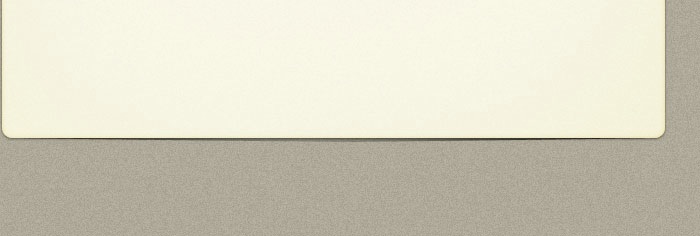

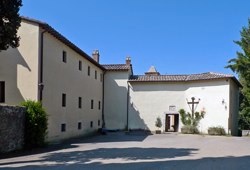
The church and Franciscan convent of SS Annunziata were first documented in 1373, when they belonged to the Clareni. The church of Santa Maria delle Cinque Fonti belonged to it for a period.
The complex passed to the Observant Franciscans in 1567, when this order absorbed the Clareni. In 1745, it was reserved for friars who wished to follow an austere version of the Franciscan Rule. It was suppressed in 1810 and again in 1866, but the Franciscans managed to return in 1882.
Church
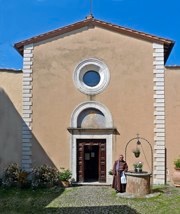
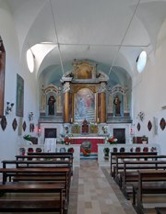
The outer entrance leads to a courtyard, with the church in front of you.
Annunciation (1890)
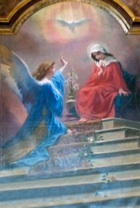
Crucifix (18th century)
The crucifix on the altar on the left is documented as a work by the Croatian Fr. Fulgencije Bakotic (died 1792), who spent the last 44 years of his life at SS Annunziata. The panel (18th century) behind it, which depicts SS Bernardino of Siena, Bonaventure, Elizabeth of Hungary and Margaret of Cortona, is attributed to Anton Maria Garbi.
Art from the Church
Annunciation (ca. 1475)
This altarpiece was documented in the church in 1872. It was photographed on the outside wall of the Portiuncula (inside Santa Maria degli Angeli, Assisi) in 1875. In 1906, it was sold for 32,000 lire to an English collector who resold it the American Isabella Stewart Gardner for 1,500,000 lire, with an attribution to Fiorenzo di Lorenzo. It was subsequently attributed to the important local artist, Pier Matteo d’ Amelia. It is now in the Isabella Stewart Gardner Museum, Boston.
Convent
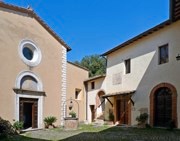
The door to the right in the courtyard leads to the entrance hall of the convent.
Nativity (1965)
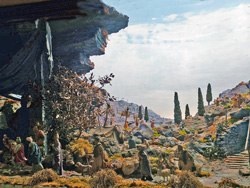
This permanent model of the Nativity by Juan Mari Oliva of Barcelona is in the entrance hall. The scene is divided into three:
-
✴The Magi approach the stable in which Christ was born to the left.
-
✴A waterfall at the centre leads the eye to a detailed panorama of Palestine, which encompasses Jericho, the river Jordan, Galilee and Jerusalem.
-
✴The town of Bethlehem is depicted on the right.
Scenes from the Life of Christ (1967)
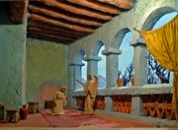
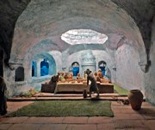
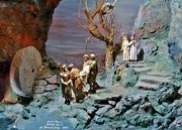
Annunciation Last Supper Burial of Christ
These twelve scenes by Juan Mari Oliva of Barcelona, three of which are illustrated above, are displayed behind glass in the adjacent corridor.
